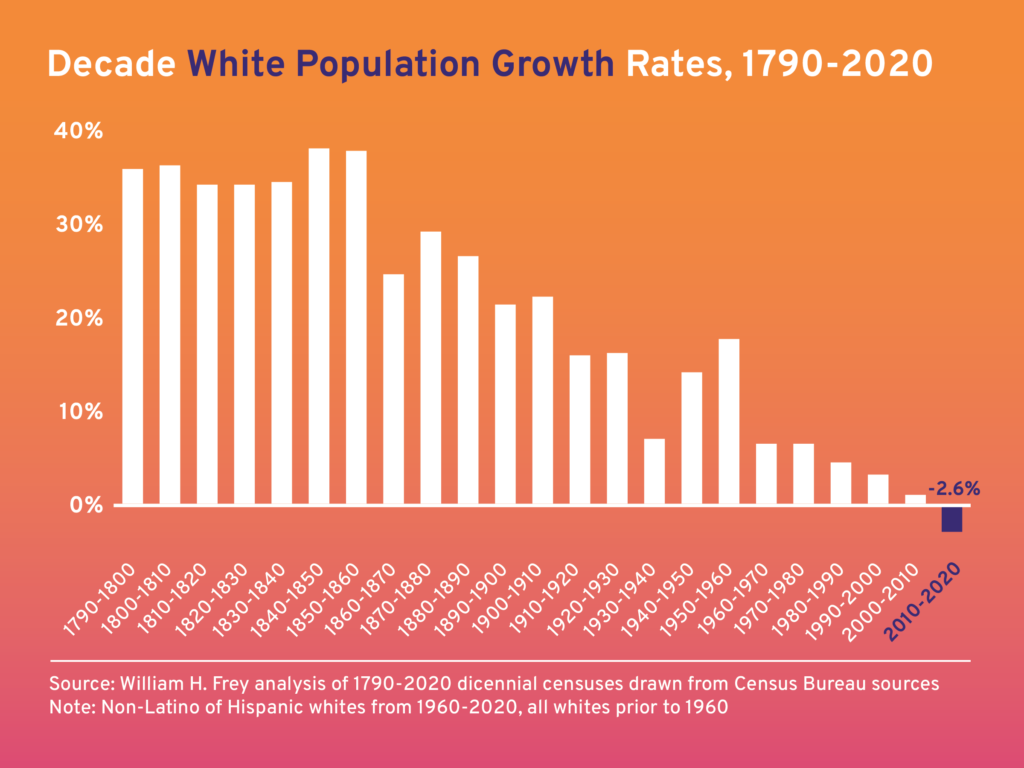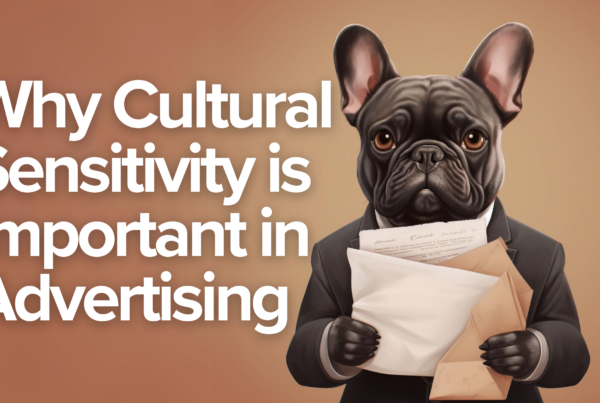Many brands have started to recognize all the benefits that multicultural marketing can bring, the additional income stream being one of the major drivers behind the new campaigns. But there are a few things you need to keep in mind if you want to avoid any major pitfalls in cross-cultural marketing. In this blog post, we’ll take a look at the five most common multicultural marketing mistakes businesses make when targeting diverse audiences and how to avoid them. So whether you’re just getting started with multicultural marketing or you’re looking for ways to improve your current campaigns, be sure to read on!
Mistake #1: Not Fully Understanding What is Cultural Appropriation
To put it bluntly, cultural appropriation is the use of elements of one culture by people of another culture. Cultural appropriation happens when a person from one cultural group adopts customs, practices, or styles of another group without understanding the cultural significance or meaning behind them, especially when marginalized groups’ products and traditions are appropriated for profit or entertainment.
It’s important to note that cultural appropriation doesn’t necessarily mean that the other party had bad intentions – but that still doesn’t make it right. While cultural appropriation can be harmless or even well-intentioned, it can also be harmful and cause problems when it’s done without understanding or respect for the cultural context, leading to cultural insensitivity and misrepresentation.

What Isn’t Cultural Appropriation?
Not every cultural exchange is appropriation. The true appreciation of another culture is exactly the opposite of cultural appropriation. That’s why multicultural marketing campaigns can be a positive way to celebrate diversity and promote cultural inclusion. These campaigns involve people from different cultures working together to create ads that are respectful and sensitive to each culture’s traditions and values. When done correctly, multicultural marketing can be an effective way to break down barriers and build understanding between different cultures.
Our motto is: Don’t appropriate, just appreciate.
Mistake #2: Not Having Cultural Representation Among Staff
Among the many things that can come back to bite companies, not having cultural representation among staff is high up on the list. It’s a sure way towards going viral and getting the #1 award for the Multicultural Marketing Campaigns Gone Wrong segment. Companies without cultural representation are more likely to make mistakes, and those mistakes often prove to be quite costly for their bottom line. That’s why cultural representation is so important – it allows them to tap into the wealth of knowledge and experience that comes with having a diverse workforce.

Did you know that multicultural segments make up 40% of the US population? This data comes from a report by the Association of National Advertisers Alliance for Inclusion and Multicultural Marketing (ANAAIMM) and includes all ethnic segments except White Non-Hispanics.
Mistake #3: Not Testing the Strategy and Concepts
Here’s a fact for you – the multicultural population is projected to increase by 2.3 million each year before becoming a numeric majority in just 25 years. On the other hand, the white population is declining, and the projections clearly show that the trend will continue to decrease. This means that the US is truly growing to be the melting pot, and pushing a strategy that isn’t tested can offend millions of people, leading to companies being canceled and even going bankrupt.

Company owners and key decision-makers often overlook their involvement in creating a strategy, even though marketing plans call for everyone in the company to be involved. Who better than the owner can develop a strategy and campaigns to showcase the company and its vision. Know your target audience and build trust with your multicultural community while staying true to your brand.
Mistake #4: Not Investing in the Right Data
One of the biggest mistakes companies can make when it comes to multicultural marketing is not having the right data or not acting on it. Companies will often base their campaigns on stereotypes or cultural appropriation instead of accurate and up-to-date information. This can lead to offensive and tone-deaf ads that alienate potential customers instead of engaging them.
Research should be a staple of multicultural marketing and a driving force behind every decision, every strategy. Brands and creatives still rely on hunches and either don’t know what data to look for or interpret it and turn it into a well-performing marketing strategy.
In order to avoid this, businesses need to make sure they are using reliable data sources and cultural experts when developing their multicultural marketing campaigns. By taking the time to get the facts straight, companies can avoid making mistakes that could damage their reputation.

Mistake #5: Stereotyping, Profiling and Misrepresenting
Stereotypes are one of the greatest pitfalls of multicultural marketing, yet they are often behind many marketing campaigns that have gone sour. There’s a difference between being insightful and thinking you are insightful. A sure way to make a mistake when switching from total marketing to multicultural marketing would be through promoting cultural stereotypes and showing disrespect to their culture.

Kim’s Kimono Campaign
Kim K boasted about her new shapewear project online at the time and announced it under the name Kimono. This got her a huge backlash that ended in her changing the name of her shapewear brand to SKIMS. In Keeping Up With the Kardashians, Kim herself was seen telling Scott Disick how she could stand to lose 10 million dollars regarding her new brand’s name.

Considering that in 2018 alone, Asian American buying power surpassed 1 trillion dollars, her pun and wordplay on her name proved to be quite expensive and showed disrespect to the traditional Japanese garment, its significance, and history.
Let’s Sum It Up
As you can see, there are a few key things to avoid when designing multicultural strategies. By steering clear of these mistakes, you’ll be able to create more effective and culturally-sensitive campaigns that reach your target audience. If you need help getting started or want to discuss your current multicultural marketing strategy, we’re here for you.
Schedule a consultation with our experienced multicultural marketing agency today, and let us show you how we can help increase sales through culturally relevant strategies that will certainly make an impact.



